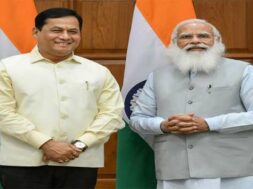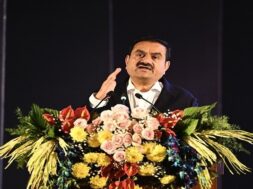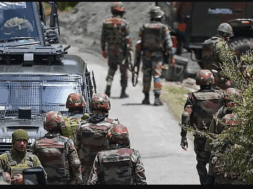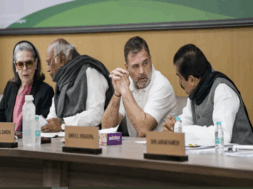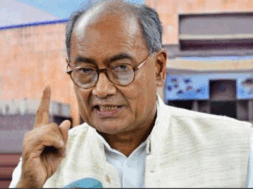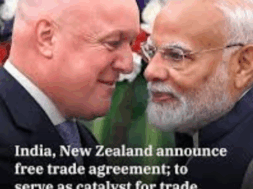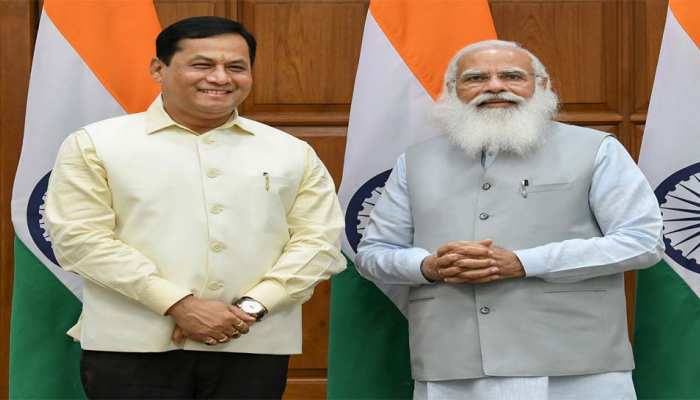
PM Modi’s journey is an inspiration for every individual: Bhupendra Yadav
Narendra Modi first assumed an elected office on October 7, 2001. On May 26, 2022, he completed 20 years in that position. Over the two decades, the “idea of Modi” spread and held sway over a country of a billion-plus people with a fascinating diversity of cultures, languages and geographies. In many ways, it is the “idea of Modi” that has served as the unifying force redefining India. In 2014, Prime Minister (PM) Modi set the ball rolling on that project when he presented an all-inclusive, growth oriented “idea of India”. An “idea of India” that sets an ideological framework of equality and growth, steering clear of doles, privileges and sectoral giveaways.
Over the last 20 years, his popularity has only soared in the eyes of the people. He has been topping global leadership popularity charts with amazing consistency. And that perhaps has been the most remarkable aspect of his journey as a leader of the masses. History tells us elected leaders, over the course of time, see their popularity and charisma wane. They make mistakes, they tire out, they take their mandates for granted, they start to treat power as an end unto itself. But not PM Modi. He has used his positions, as three-time Gujarat chief minister and India’s PM, as nothing more than an opportunity to serve Bharat.
As this momentous journey dedicated to the service of India and its people completes 20 years, it is pertinent to understand what “Modi magic” is and what makes it work. It is also important to understand how PM Modi is giving shape to his “idea of India”. The one book that currently holds the answer to that question is Modi@20: Dreams Meet Delivery, an anthology put together by people of eminence and achievements, with the book’s foreword having been written by the late Lata Mangeshkar.
The book is both analytical and academic in its approach and comes packed with personal anecdotes shared by its contributors from across a spectrum of fields, including politics (Amit Shah), sports (PV Sindhu), arts (Anupam Kher), economics (Arvind Panagariya) and religious and spiritual thinkers (Amish Tripathi).
The title aptly defines PM Modi’s eventful journey from an underprivileged social and economic background, with no dynastic privilege, and no connection with the network of elites to India’s high office. His work in elected office is nothing but a continuous pursuit to achieve 100% saturation of social welfare schemes for the poor, create endless opportunities for the aspiring youth, ensure quality life, social equity and equality – Sabka Saath, Sabka Vikas, Sabka Vishwas. It is PM Modi who has infused in India a “can do” approach and motivated public participation in nation building by invoking the pressing need for Sabka Prayas (Jan Bhagidari).
Indian badminton’s pride PV Sindhu sets the tone in the very first chapter, Why Modi is the Undisputed Youth Icon, in explaining “Modi magic” by highlighting through personal anecdotes how the PM has brought about an attitudinal shift from kaise hoga (how will it be done) to hoga kaise nahi (how can it not get done). People who have worked with the PM can vouch for the truth in Sindhu’s observation. He has never seen a problem as a problem but an opportunity to optimise the latent potential in the country for the best results.
During a closed session of the Quad Summit in Tokyo, US President Joe Biden hailed PM Modi for his handling of the Covid-19 pandemic successfully in a democratic manner. Biden said that PM Modi’s success has shown the world that democracies can deliver. Who can forget the impending sense of doom with which the world watched India when the pandemic broke, sure in their hearts and minds that India will buckle. PM Modi took the challenge head on. The result? We are confidently set on the path of Atmanirbharta (self reliance).
Amish Tripathi in his chapter, Modi, The Bhagirath Prayasi, writes that PM Modi is building an India of tomorrow firmly rooted in the India of the past, drawing lessons from its civilisational heritage, asserting India’s dominance not as a nation-state but as a civilisational state. In all his addresses, the PM’s clear message is: We must remember who we are.
As the West tried to shift the blame for the climate crisis to India, the PM reminded the world that Indians are the writers, believers and practitioners of Prithvi Sukta (Atharvaveda), which contains unparalleled knowledge about nature and the environment. He asked the world, keeping aside differences, to come together to fight the climate crisis at the Conference of the Parties in Glasgow.
It was under PM Modi that for the first time a party’s manifesto was picked up by people after elections with wonder and awe to find that the party was meeting all promises made. PM Modi wasn’t just showing dreams but he was promising on what he could deliver. And deliver he did. Why does he focus so much on delivery of promises?
The answer lies in the chapter, Democracy, Delivery and the Politics of Hope, penned by home minister Amit Shah. Shah writes, “He [PM Modi] has an emotional attachment to the party that is rare and touching… he looks upon the party as a Mother… the party’s manifesto is to him his Mother’s word.”
His promise of 100% saturation of welfare schemes is a continuum of the dream Deen Dayal Upadhyay saw when he spoke of Antyodaya.
Modi@20 subtly brings out the Bhagirath-prayaas of a person who is unstoppable when it comes to fulfilling the dreams of a people. The scale of what he is doing, the dedication with which he is doing it, fills us all with hope – hoga kaise nahi.
His journey is an inspiration for every individual. The book does an excellent job in providing a long, hard look at the journey from those who saw it from close quarters. Do read.
